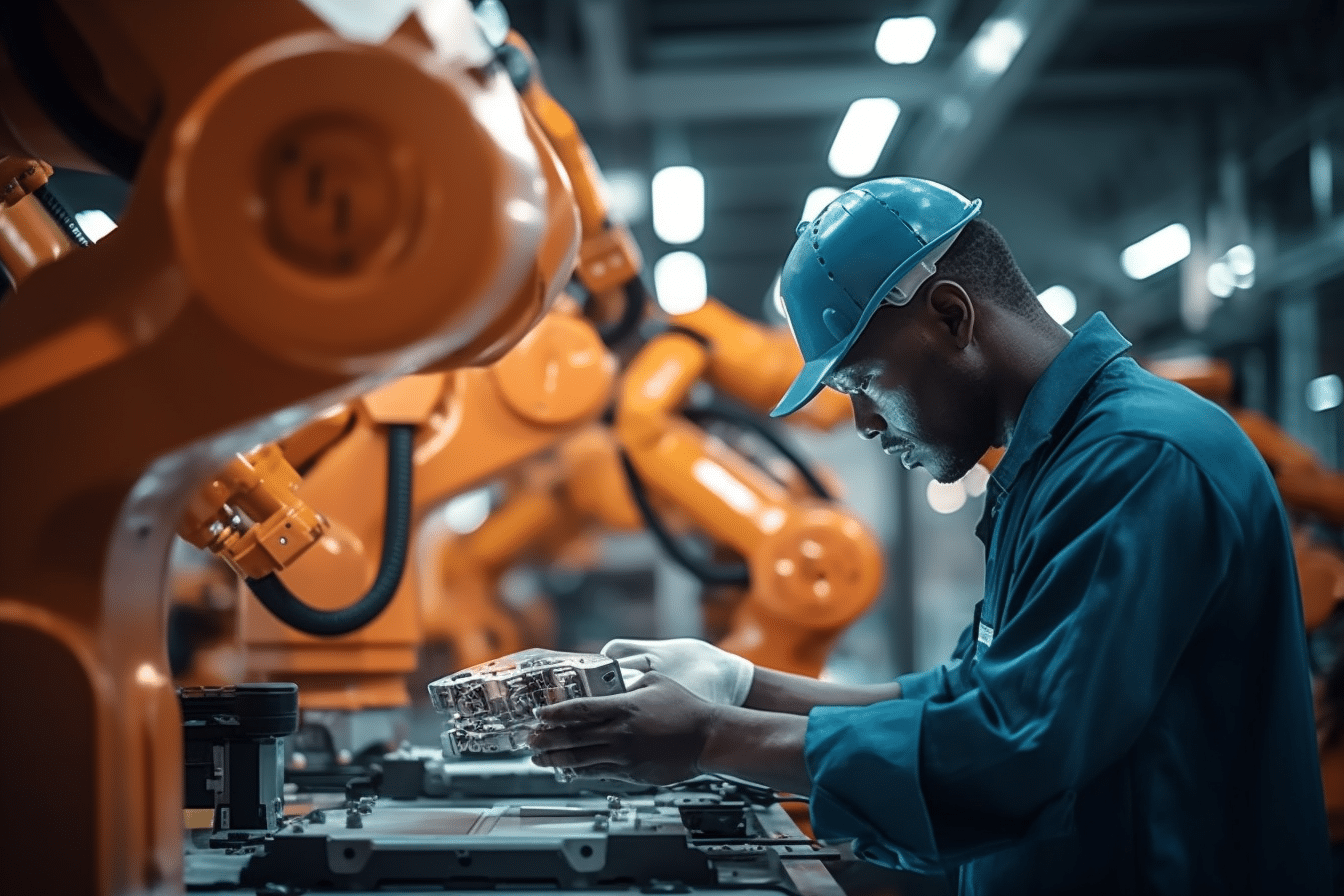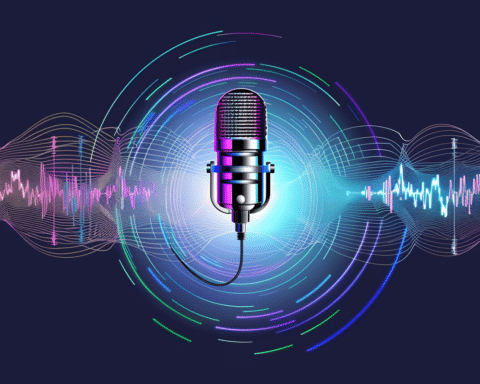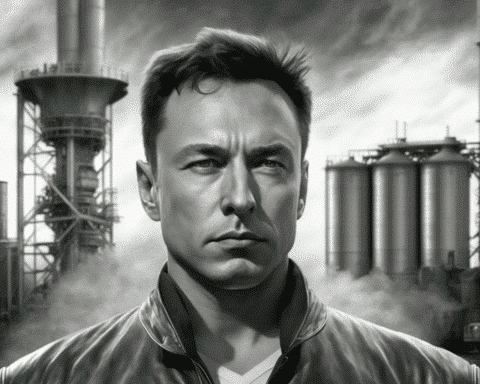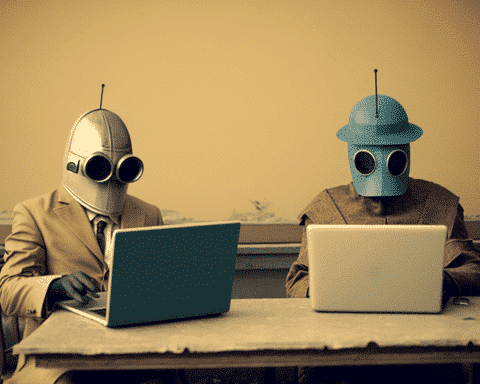In recent news, labor disputes in various industries, including automotive and entertainment, have highlighted an ongoing tension between human workers and advancing technology. These conflicts not only pit workers against management but also raise questions about the role of automation, artificial intelligence (AI), and robotics in our workforce.
The Impact of Technology on Labor
Automation has been a driving force behind the displacement of human workers, particularly in manufacturing. The automotive industry, for instance, is moving towards more efficient production methods, potentially requiring up to 40% less human labor, as electric vehicles gain prominence. Similarly, the entertainment industry is grappling with new distribution technologies, leading content creators to seek expanded rights.
Workers vs. AI
Labor disputes have taken a new turn, with workers now expressing concerns about AI. In the entertainment industry, striking Hollywood writers were recently successful in securing protections against the use of AI in the writing process. This includes giving writers credit for their work and allowing them to control whether their writing can be used to train AI.
Meanwhile, in the automotive sector, the International Brotherhood of Teamsters has issued a policy statement on autonomous vehicles, demanding wage replacement for displaced workers, support for technology training, economic impact studies, and more.
The Shifting Balance: From RPA to Edge AI
Enterprises have heavily invested in digital transformation, with a predicted global growth rate of 16.3% in digital transformation investment, reaching $3.4 trillion by 2026.
Robotic Process Automation (RPA) has been a popular choice for streamlining workflows, particularly in structured, step-by-step processes. However, the next frontier involves integrating AI at the edge to enhance complex decision-making in less predictable workflows.
Looking Ahead: Balancing Technology and Humans
As industries evolve, the balance between technology and human workers remains an ongoing challenge. Leaders are advised to consider several key factors, including the potential for conflicts to escalate into legal and policy matters, distinguishing between investments in digital core and digital edge technologies, and preparing for AI-based automation in workflows with greater variability.
Navigating the Future Workforce Landscape
Finding the equilibrium between technology and humans is an ever-evolving process. The ultimate goal is to create a win-win scenario where labor and efficiency coexist harmoniously, allowing digital and human workers to complement each other’s strengths in an increasingly automated world.
As industries continue to adapt, the path forward will require a delicate balance between embracing technology’s potential and addressing the concerns of the workforce.




